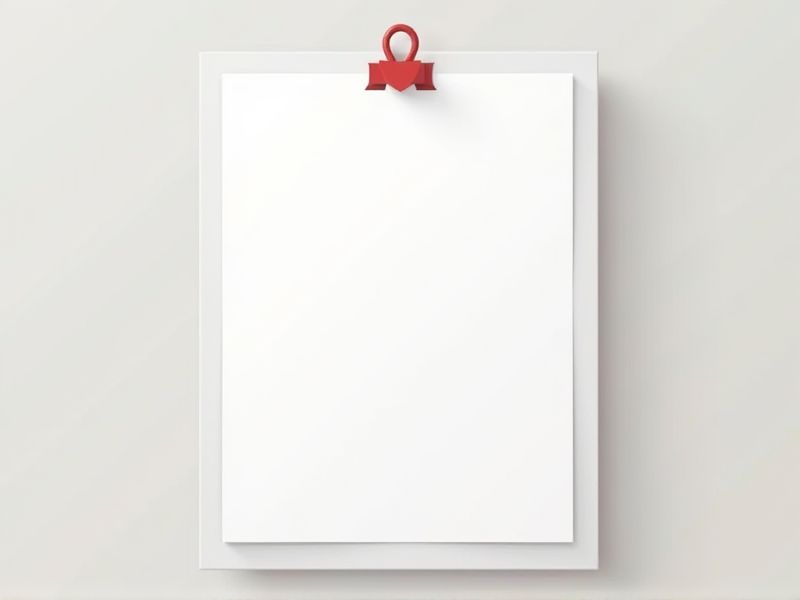
A well-structured resignation letter is essential for leaving your job on a positive note. It should be clear, concise, and professional, conveying your intention to resign while expressing gratitude for the opportunity. Including key details like your last working day and offering assistance for a smooth transition demonstrates professionalism. Using the proper format ensures your message is understood and maintains good relationships with your employer. For your convenience, explore various resignation letter templates available in this article to find the one that suits your needs.
Samples of letter format for resignation letter
Resignation Letter Format Template
Professional Resignation Letter Format
Resignation Letter Format For Email
Resignation Letter Format For Job
Formal Resignation Letter Format
Simple Resignation Letter Format
Resignation Letter Format For Immediate Effect
Resignation Letter Format For Two Weeks Notice
Resignation Letter Format With Reason
Short Resignation Letter Format
Resignation Letter Format With Gratitude
Resignation Letter Format For Part-Time Job
Resignation Letter Format For Teacher
Resignation Letter Format For Manager
Resignation Letter Format For Government Job
Resignation Letter Format For Healthcare Worker
Resignation Letter Format For Internship
Resignation Letter Format With Farewell Message
Resignation Letter Format For Remote Work
Resignation Letter Format For Promotional Position
Important Things to Know when Writing Letter Format For Resignation Letter
Clear And Concise Statement Of Resignation
A resignation letter should clearly state your intention to resign from your position, ensuring there is no ambiguity about your decision. Start with a direct statement such as, "I am writing to formally resign from my position," followed by the effective date of your resignation. It's essential to be concise, as this communicates professionalism and respect for your employer's time. Including a brief expression of gratitude for the opportunities you've received can leave a positive lasting impression as you move on to new endeavors.
Mention Of Last Working Day
A key aspect of a resignation letter format is the inclusion of your last working day, which provides clarity to your employer regarding your final date at the company. This date helps to ensure a smooth transition and allows your employer time to reassign your responsibilities or begin the search for a replacement. It is best to give at least two weeks' notice, though this can vary based on your role and company policy. By specifying your last working day, you maintain professionalism and assist in the planning process for your departure.
Expression Of Gratitude
Including an expression of gratitude in your resignation letter is essential as it reflects professionalism and fosters goodwill. Acknowledging the opportunities you've had during your tenure can leave a positive impression on your employer. It's a chance to highlight the skills you gained and relationships you built, which may benefit you in future endeavors. By expressing sincere appreciation, you enhance your reputation and keep the door open for potential future connections or references.
Professional And Polite Tone
A resignation letter should always maintain a professional and polite tone to ensure a positive impression and maintain good relationships with your employer. Begin by clearly stating your intention to resign, followed by your last working day to provide adequate notice. Express gratitude for the opportunities you received during your tenure, highlighting any valuable experiences or skills gained. Finally, offer your assistance during the transition period, showcasing your willingness to help ease the change for both your team and the organization.
Contact Information For Follow-Up
When drafting a resignation letter, it is essential to include your contact information at the top, typically aligned to the left or right. This allows your employer to easily reach you for any follow-up discussions or administration regarding your departure. Include your phone number and email address, ensuring they are up-to-date and professional. This demonstrates your commitment to a smooth transition and keeps communication lines open even after you leave the position.
